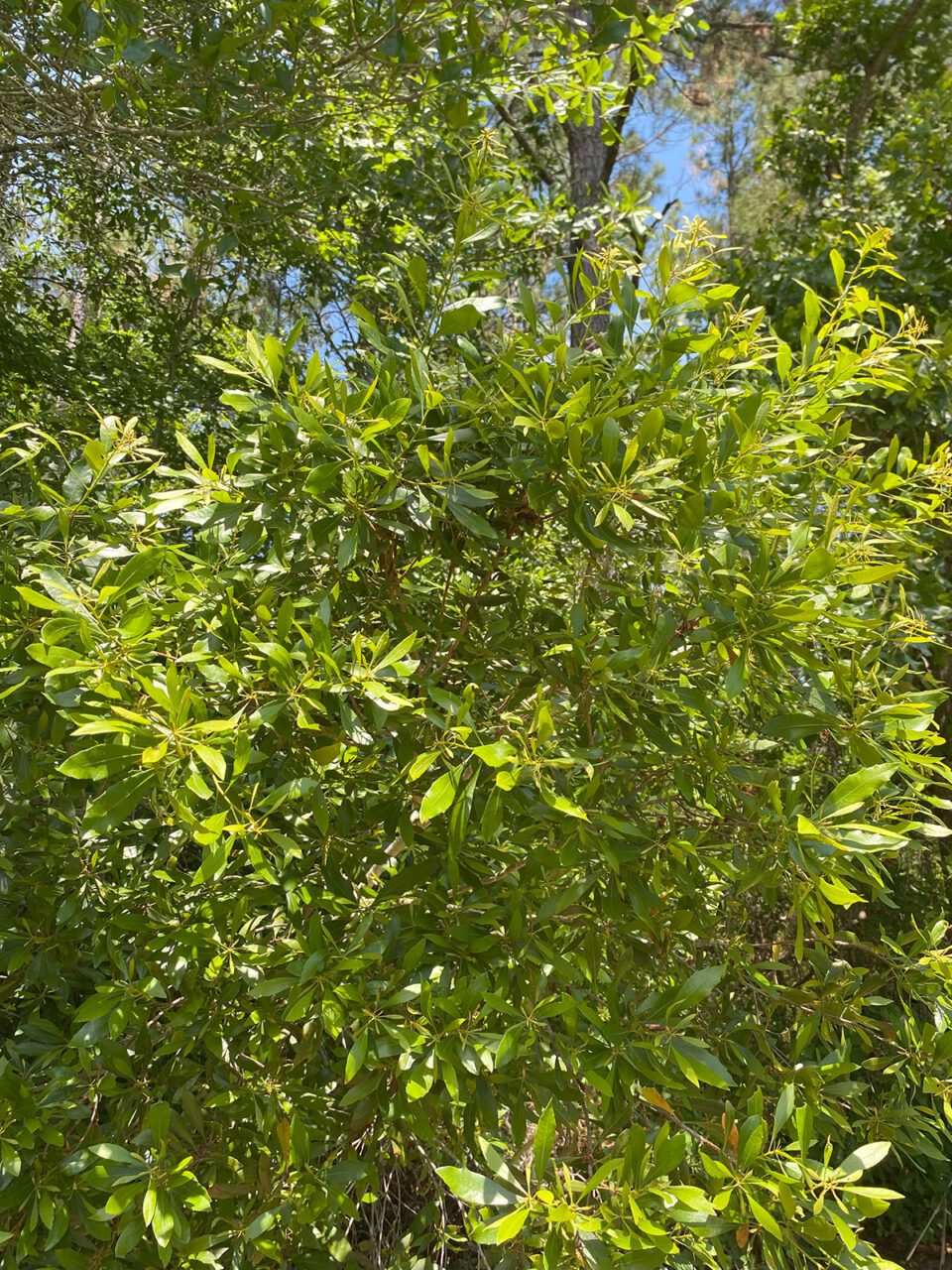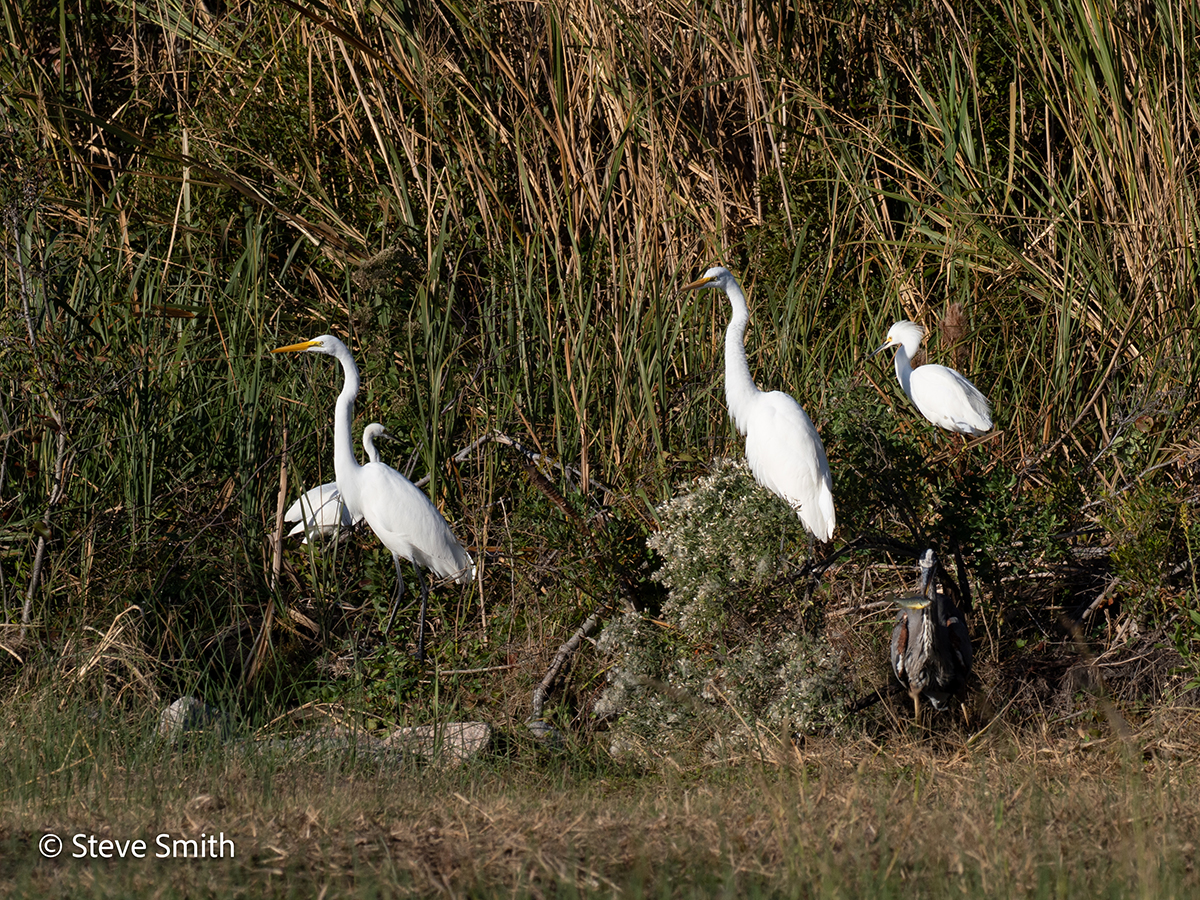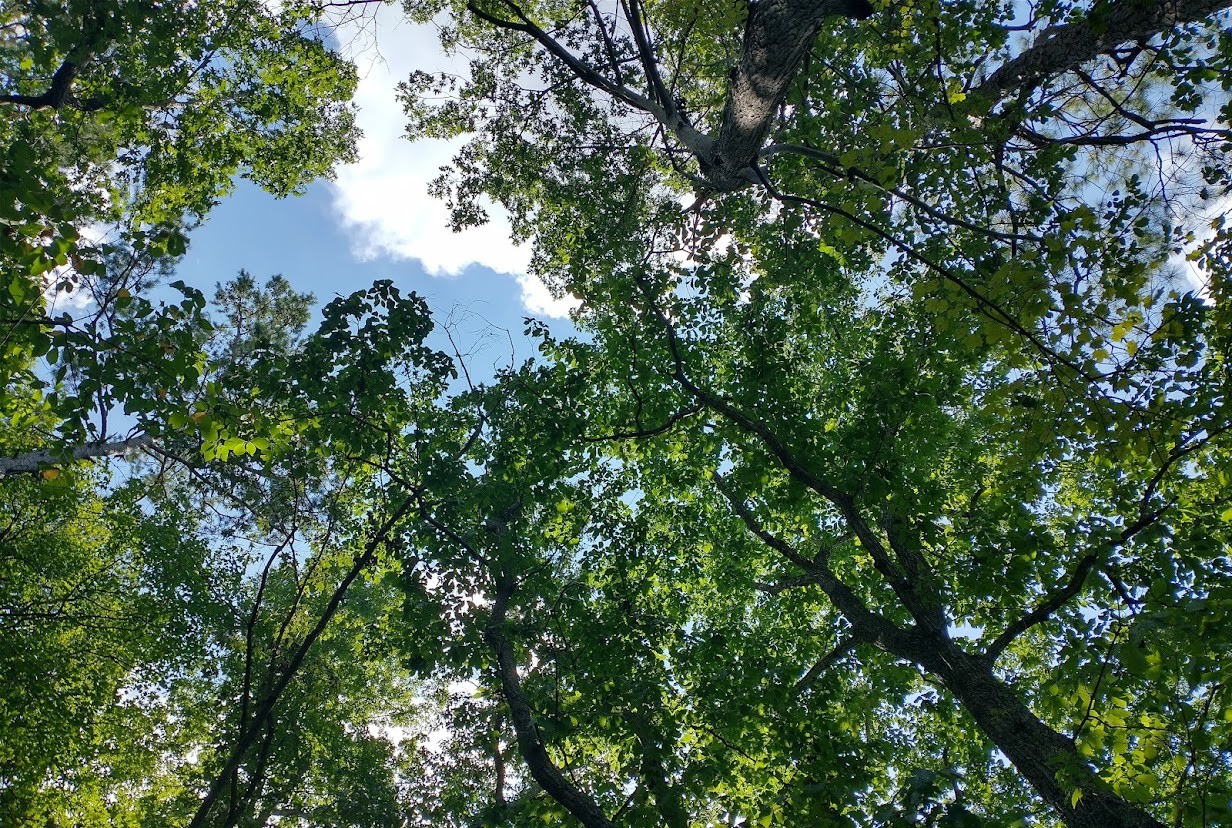
As with any interest or hobby, gardening has its own vernacular.
Plants have unique names, sometimes specific to localities, such as the shrub we around this part of the coast call “myrkle,” otherwise known as Southern wax myrtle.
Supporter Spotlight
That’s where the scientific names for plants come in handy. Whether you call it “tallow shrub,” “bayberry,” “candleberry” or “myrkle bush,” the scientific name is Morella cerifera.
Plants can be named for where they originated, i.e. Chinensis means China, while Japonica indicates Japan. Some plants are named for the person who found them and made them garden staples. Some plants are named for their distinguishing characteristics.
For instance, our own beloved blanketflower, or Gaillardia, is named for a famous French botanist, Maître Gaillard de Charentonneau. Visitors to the Cape Lookout National Seashore may have seen it blanketing the sand around the lighthouse.
There are numerous different varieties of this flower, but most of them have a vibrant orange or red center with a bright yellow ring around the outer edge. Very attractive to pollinators, these tough plants are drought-hardy, salt-tolerant, deer-resistant and they thrive in sandy soil, making them ideal for coastal gardens. Gaillardias can be annuals or perennials, depending on the variety.
Wait, what? That’s a whole lot of gardening gibberish!
Supporter Spotlight
Gaillardia pulchella is the scientific name for the blanketflower most common around here.
“Attractive to pollinators” is self-explanatory — big words for nectar-rich flowers that attract bees and butterflies and sometimes moths or beetles.
“Drought-hardy” means these plants can survive with minimal rainfall or water.
“Salt-tolerant,” well, that’s another one that’s self-explanatory.

“Deer-resistant”… one can only hope blanketflower tastes horrible and eating it gives them a severe bellyache. Deer seem to devour everything else quite happily and with no qualms, and it seems like the more expensive the landscaping is, the better they like the human-provided buffet.
“Tolerant” and “resistant” are somewhat iffy descriptions. Neither means immune. “Salt-tolerant” means a plant can take more salt, either spray or windblown or around its roots, than more delicate plants that salt can burn. “Resistant” means less likely to be eaten but it’s not a guarantee. “Resistant” can also mean that even if the deer eat all the leaves off the plant, it has a better chance of rebounding.
“Annual” means the plant has to be planted every year, or annually.
“Perennial” — longer word = longer life span — means the plants come back on their own year after year.
Annuals tend to bloom over a longer period, while perennials usually only bloom for a short while. A good mix of both will insure a longer season of bloom time.
Just like flowers, vegetables have differing terms. Annual vegetables like tomatoes have to be planted every year, while perennials like asparagus only have to be planted once and then a well-tended bed can last and be enjoyed for decades.
Some descriptors for tomatoes are “determinate” and “indeterminate.” “Determinate” means a big flush of tomatoes and then the plant is pretty much done. Determinate tomatoes, while perfectly acceptable for eating, are especially great for canning or freezing.
Indeterminate — again, the longer word is a great memory jog — bear fewer tomatoes at a time but over a longer season than determinate varities.
Determinate tomato plants tend to stay relatively smaller, while indeterminate get sprawly-crawly, since they bear fruit on new growth.
Green beans can be bush or pole varieties. What difference does that make, other than one you don’t have to cut poles for and for one you do?
Bush beans, like determinate tomatoes, bear a big crop all at once. They’ll have a few more, maybe even another crop, depending on the weather.
Pole beans, on the other hand, need something to climb. While they don’t bear as many beans at one time as bush beans, they bear over a much longer season.
Another interesting gardening tidbit: Maybe you’ve heard the older folks talk about planting by the moon. What difference could the moon make? We’re not planting on the moon!
Within our insular homes, cocooned by year-round heat and air conditioning as well as electric lights, many humans barely notice the night sky, much less what stage the moon is in.
You have to figure that anything capable of moving all the water on the planet four times a day must also have an effect on everything else, so …
… while it may sound silly to let the moon tell you when to plant or harvest, it actually makes sense.
Phrases like “by the dark of the moon” or “on a growing moon” were once commonplace and people back then innately understood the references.
Savvy farmers would only plant on certain dates, knowing that planting at the right time resulted in better yields with less insect damage. Usually reserving days with a waxing, or growing, moon for above-ground crops, while a waning, or shrinking, moon was deemed better for root crops. Time between the new moon and the full moon is considered to be waxing, while between the full moon and the new moon is waning.
Not only that, but harmful insects often hatch out in greater numbers around the time of a full moon, so dusting or spraying your crops beginning a few days before the full moon and keeping them dusted or sprayed until a few days after the full moon can significantly dent the insect population.
Oftentimes, if there’s going to be cold or inclement weather, it’s also usually around a full moon.
The Old Farmer’s Almanac, which is getting harder and harder to find in print form, has long been a staple for information about moon phases and cycles. Benjamin Franklin, considered the father of the modern almanac, published his lunar calendar in order to help farmers.
In earlier times, some people would only set eggs to hatch, or get a haircut, or even start building or dig a hole on the right moon. While some moon-tales reek of hoodoo, a great deal of moon lore is spot-on.
While many of us plant whatever whenever the ground is ready and we have a minute, or a day off, paying attention to the kind of plant you’re installing and where the moon is in its cycle at that time can help you reap unexpected benefits.







